Inflatable hot tubs are an excellent option for those consumers lacking the space, or possibly the budget to purchase a fixed position hot tub. Inflatable tubs come with their own set of differences compared to built-in models, and they also come with a different set of maintenance and care guidelines that should be followed. Whether you're moving, looking to store your hot tub in the coming months for winter, or just cleaning it, this post offers helpful steps to assist you in caring for your inflatable hot tub.
Keep Your Hot Tub Covered
This tidbit applies to any hot tub, but can be particularly important in the long-term use and care of an inflatable hot tub. Using a cover on your hot tub helps prevent debris from the surrounding environment from settling in the water and potentially clogging your filters. Additionally, a cover helps collect water vapor as it condenses on the lid, dripping back into the tub. This helps reduce, but does not eliminate, the loss of solids such as calcium from precipitating out of the water.
On top of everything else, a good cover helps prevent fluctuations in the temperature of your hot tub. When this occurs, you'll wait less for the hot tub to warm up before use, and save energy costs.
Empty the Tub Regularly
Inflatable hot tubs have a few advantages compared to their built-in, rigid cousins. The easiest way to clean your tub from top to bottom is to drain the water and wash down the sides and seats. This task is more difficult in a traditional tub. An inflatable tub is easy to empty, and can be cleaned with warm, soapy water.
Cleaning the Empty Tub
Once you've cleaned the empty tub, you'll find it much easier to clean because you won't need to use any special cleaners. As mentioned above, warm, soapy water is enough to get the job done. In fact, using abrasive cleaners when caring for your inflatable tub can actually compromise the durability and strength of your inflatable tub's walls. Once you have emptied the tub and cleaned its sides, make sure to thoroughly rinse your tub of soapy water before refilling it and using it next.
Should I use Soft Water?
Using soft water in a hot tub or pool is not recommended. The salt used is an additional dissolved solid in your water, and it can be very difficult to balance the pH if soft water is used.
Winterizing
Finally, if you're getting ready to store your inflatable hot tub in the next few months as winter temperatures descend on the country, you'll want to proceed with caution. After you've emptied the tub, cleared the filters and heaters, make sure you store everything in a warm, dry location. Before storing the tub itself, give it ample time to dry out. Water can freeze and thaw, expanding and contracting throughout the winter, and compromise the integrity of your inflatable hot tub.
Inflatable hot tubs are easy to set up, can be moved from one location to the next easily and provide the same benefits as a regular hot tub for a lot less. If an inflatable hot tub sounds like something you’d like to own for your home,









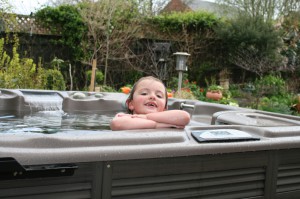
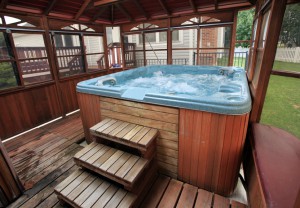
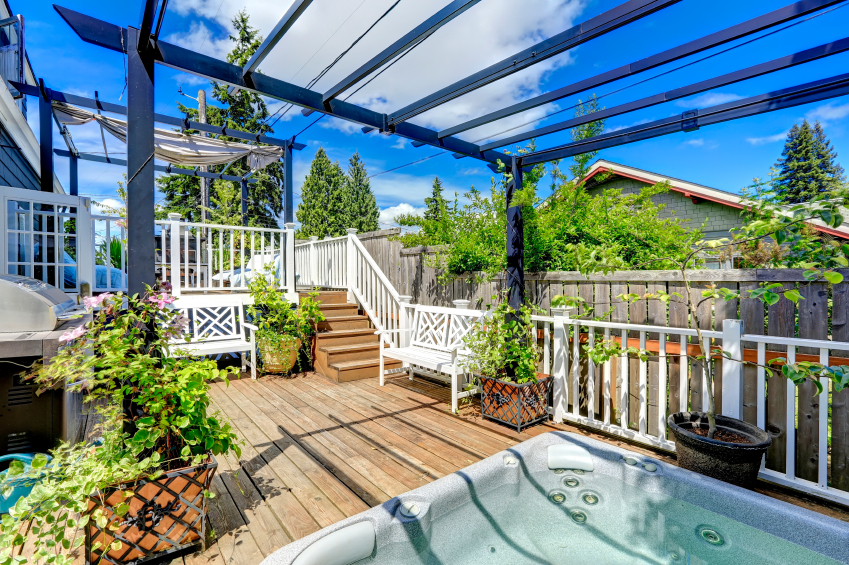
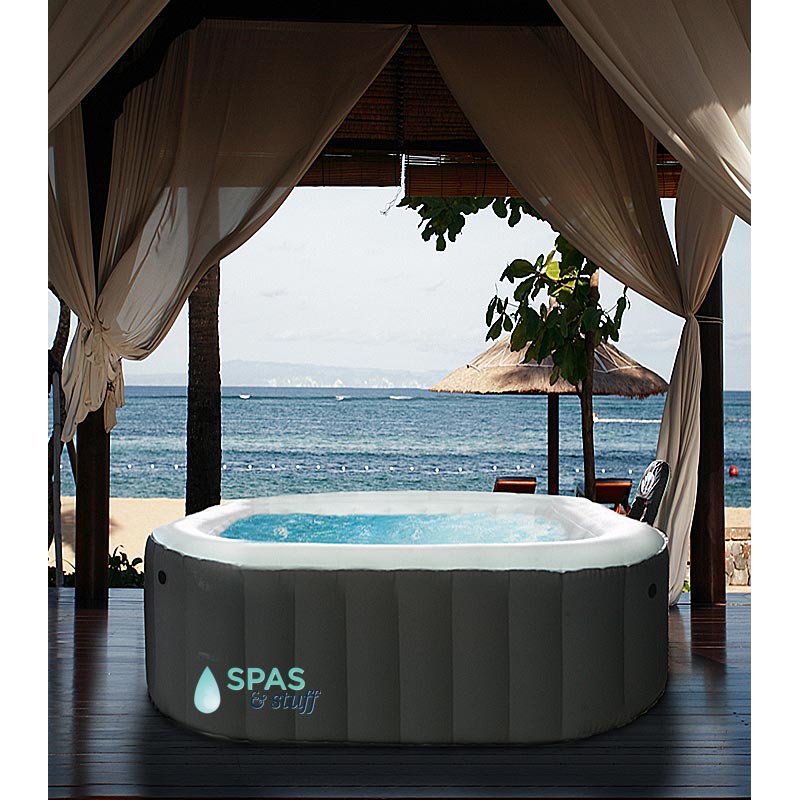
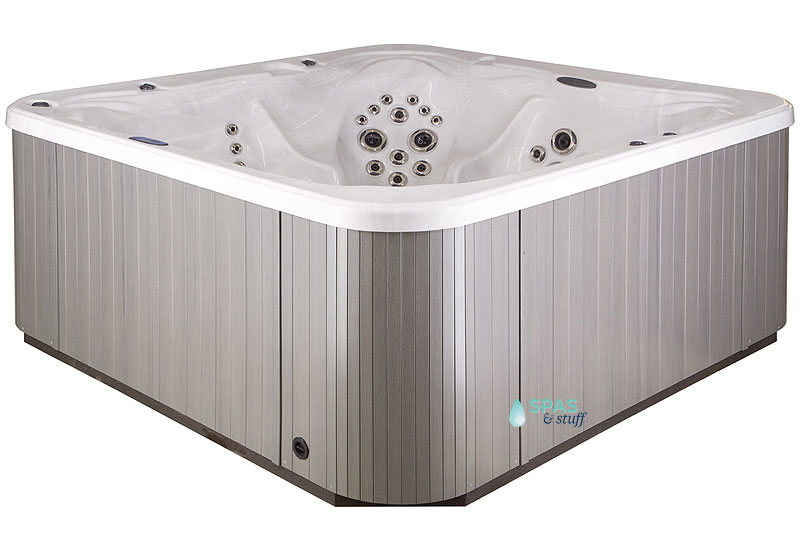
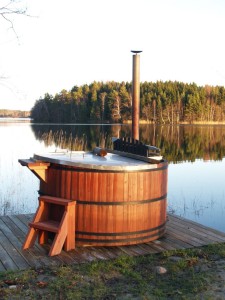
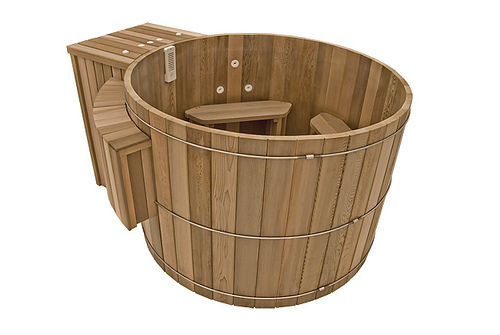
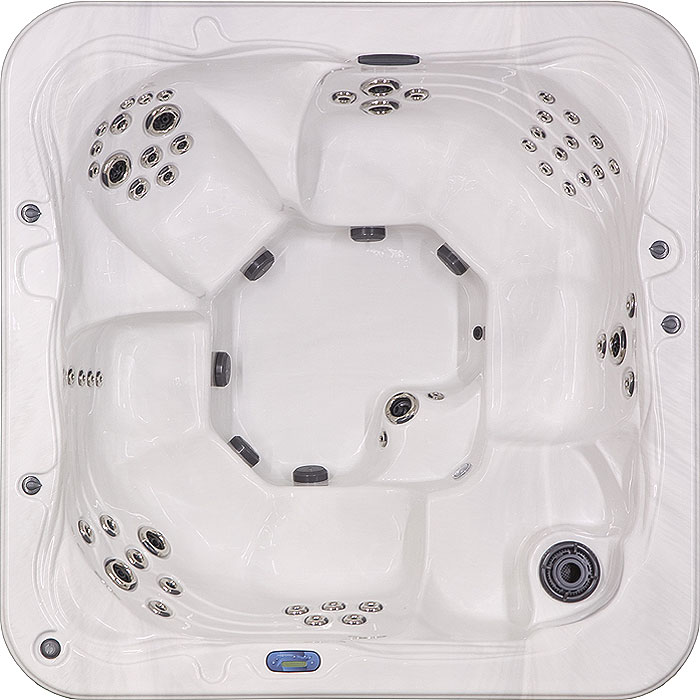
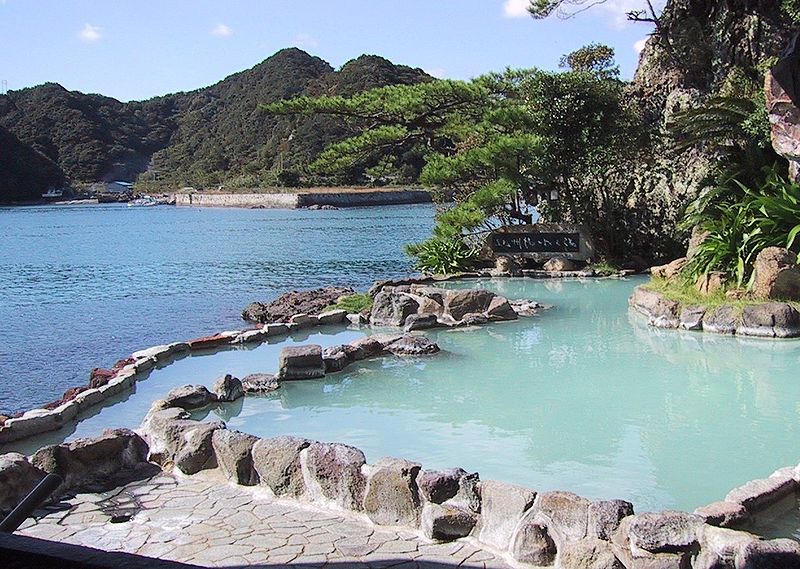
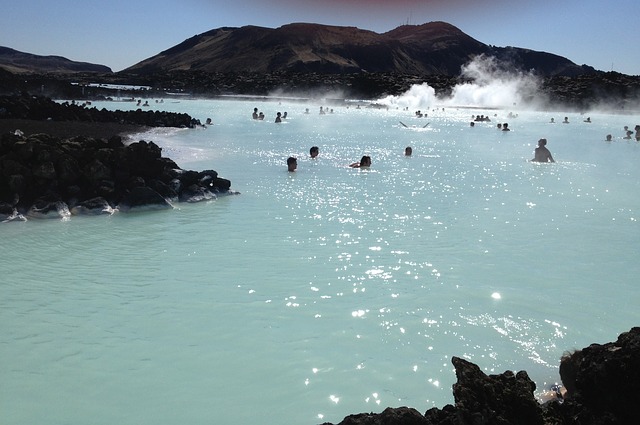
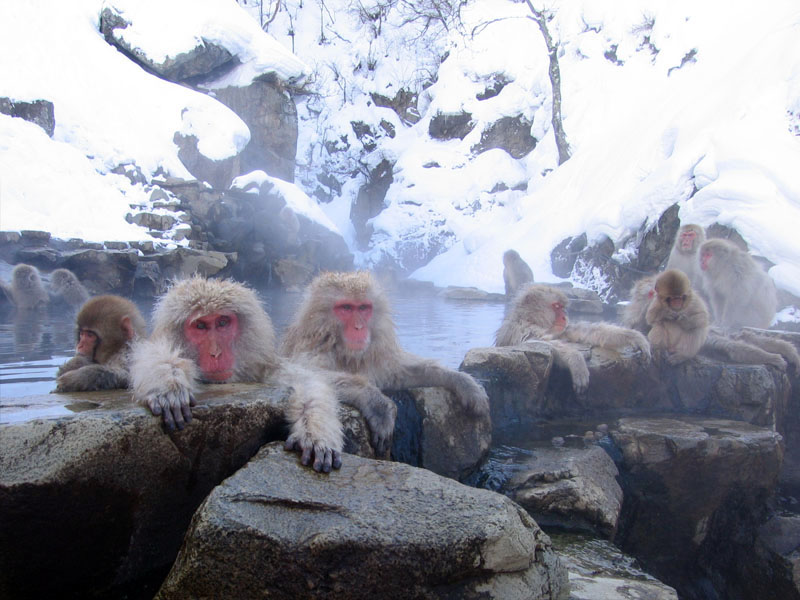

